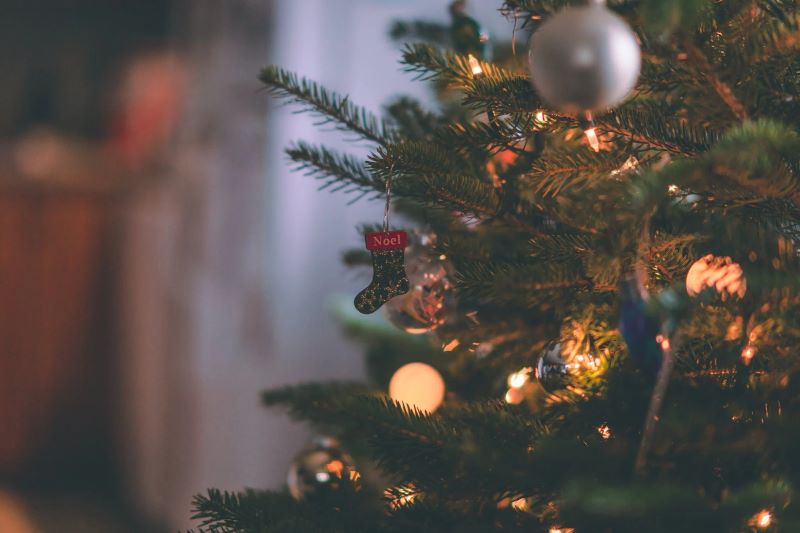Ringing in the New Year: Exploring the History and Traditions of New Year’s Eve Fireworks
As the end of December draws near, many people around the world prepare to welcome the new year with celebrations and traditions unique to their cultures. From fireworks displays to elaborate banquets, the ways in which people ring in the new year vary widely from place to place. In this article, we will explore some of the different new year’s traditions around the world, giving you a glimpse into the customs and beliefs that make each celebration special.
Let’s start with New Year’s Eve in New York City, perhaps one of the most iconic celebrations around the world. Every year, thousands of people gather in Times Square to watch the ball drop and ring in the new year. The tradition dates back to 1907 and has since become a global symbol of the new year, broadcast live to millions of viewers worldwide. However, not all celebrations are quite as grandiose as the one in Times Square.
From Hoppin’ John to Uvas de la Suerte: New Year’s Food Traditions Around the World
In Japan, the new year, or Shogatsu, is a time for quiet reflection with family and friends. People typically clean their homes in preparation for the new year, and prepare special dishes such as mochi rice cakes and ozoni soup. When midnight strikes, bells are rung at temples across the country to mark the beginning of the new year. Similarly, in China, the Lunar New Year, or Spring Festival, is a time of family gatherings and traditional customs, such as the giving of red envelopes containing money to children.
Across Europe, the new year is celebrated with a myriad of festive traditions. The Scottish celebration of Hogmanay involves fire festivals, street parties, and ceilidhs, or traditional Scottish dances. In Spain, it is customary to eat 12 grapes at the stroke of midnight, one for each chime of the clock, to bring good luck in the new year. In Italy, it is traditional to wear red underwear on New Year’s Eve, which is believed to bring good luck and love in the coming year.
In many African countries, new year’s celebrations center around religious observances. In Ethiopia, for example, the new year, or Enkutatash, falls on September 11th and is celebrated with a variety of customs, including the distribution of freshly cut flowers and the wearing of traditional clothing. In Nigeria, churches hold special services to mark the beginning of the new year, and people spend time with family and friends, sharing food and gifts.
Finally, in Latin America, the new year is often celebrated with fireworks, music, and dancing. In Brazil, the celebration of Reveillon involves dressing in white for good luck, and taking part in beach parties and fireworks displays. In Mexico, the new year, or Año Nuevo, is celebrated by smashing piñatas filled with candy and toys, and eating traditional foods such as tamales and rosca de reyes.
As we can see, new year’s traditions vary widely from region to region, reflecting the diversity of cultures and beliefs that make our world so rich and fascinating. Whether we are ringing in the new year with fireworks and champagne or enjoying a quiet family dinner, the turning of the calendar offers us all a chance to reflect on the past and look forward to the future with hope and optimism.

